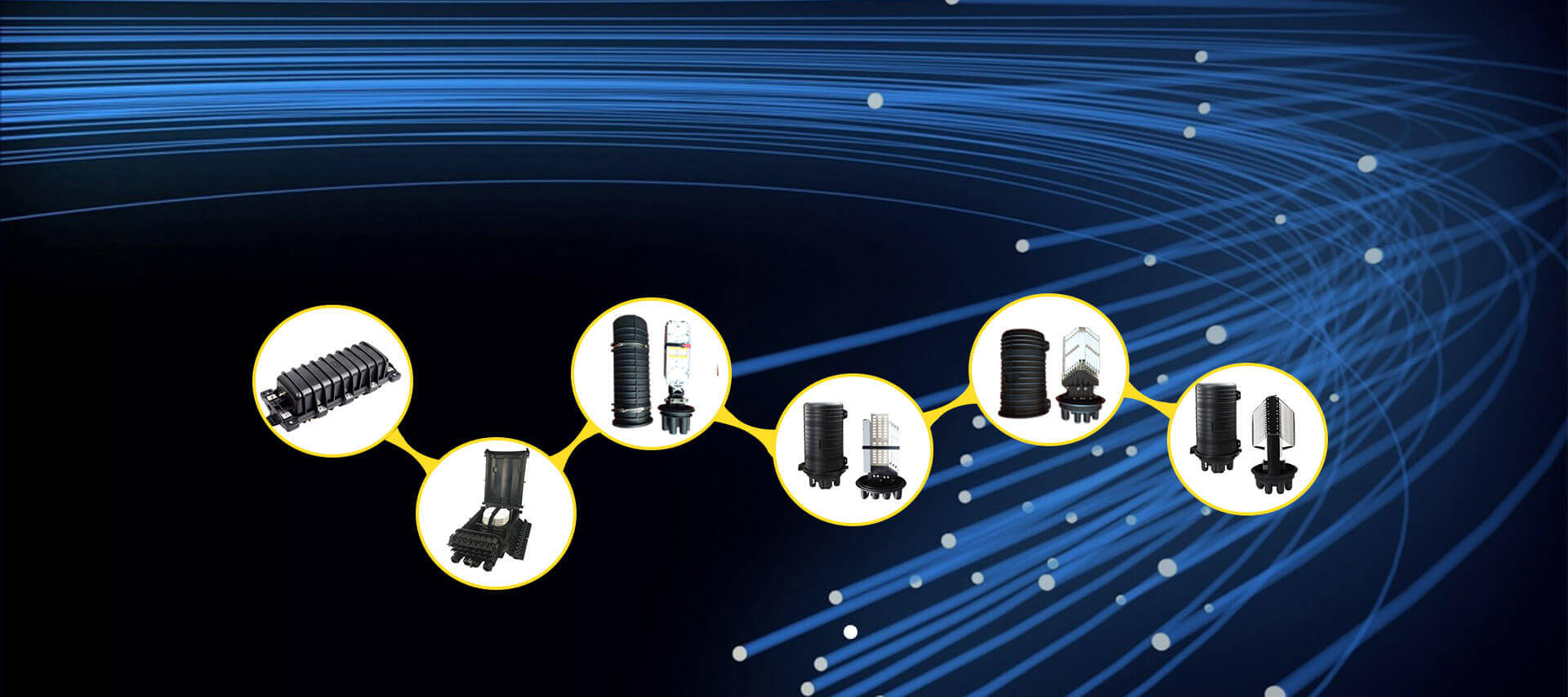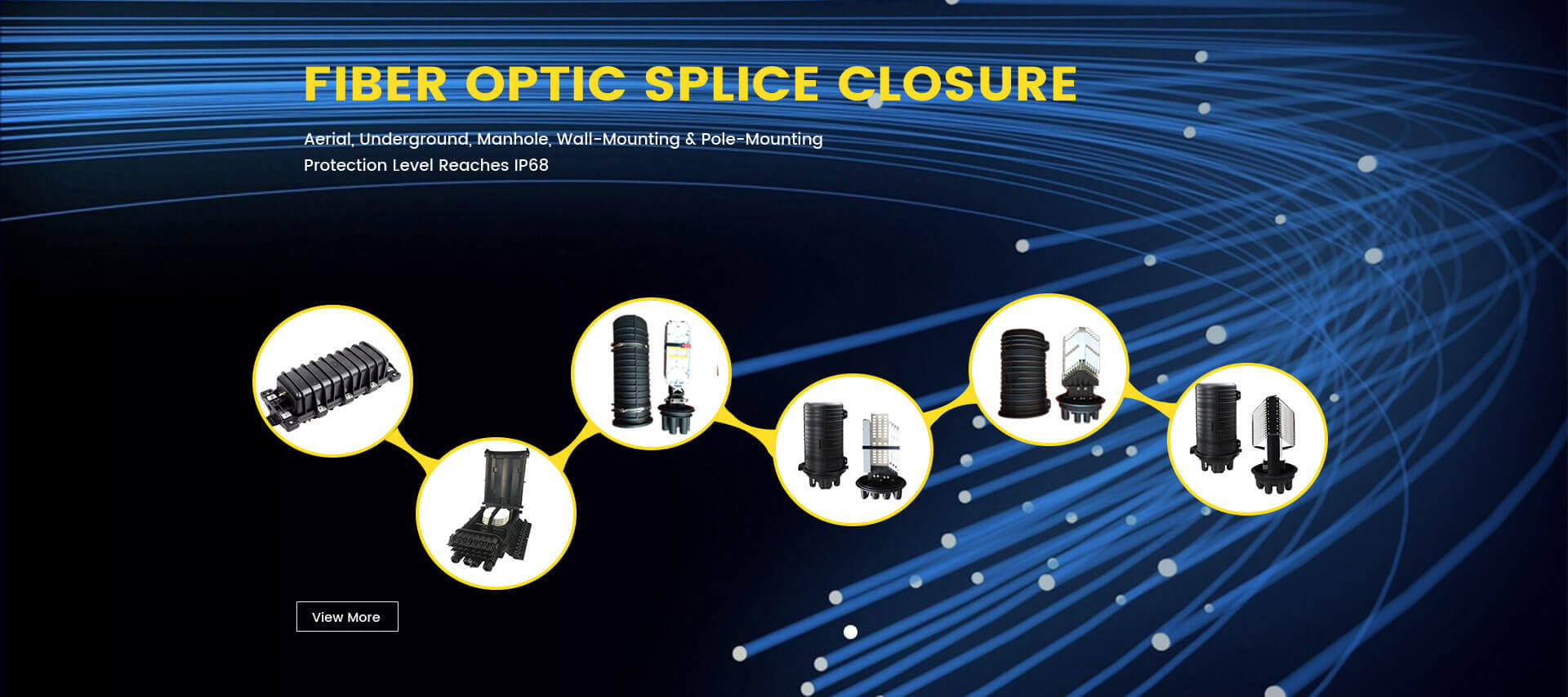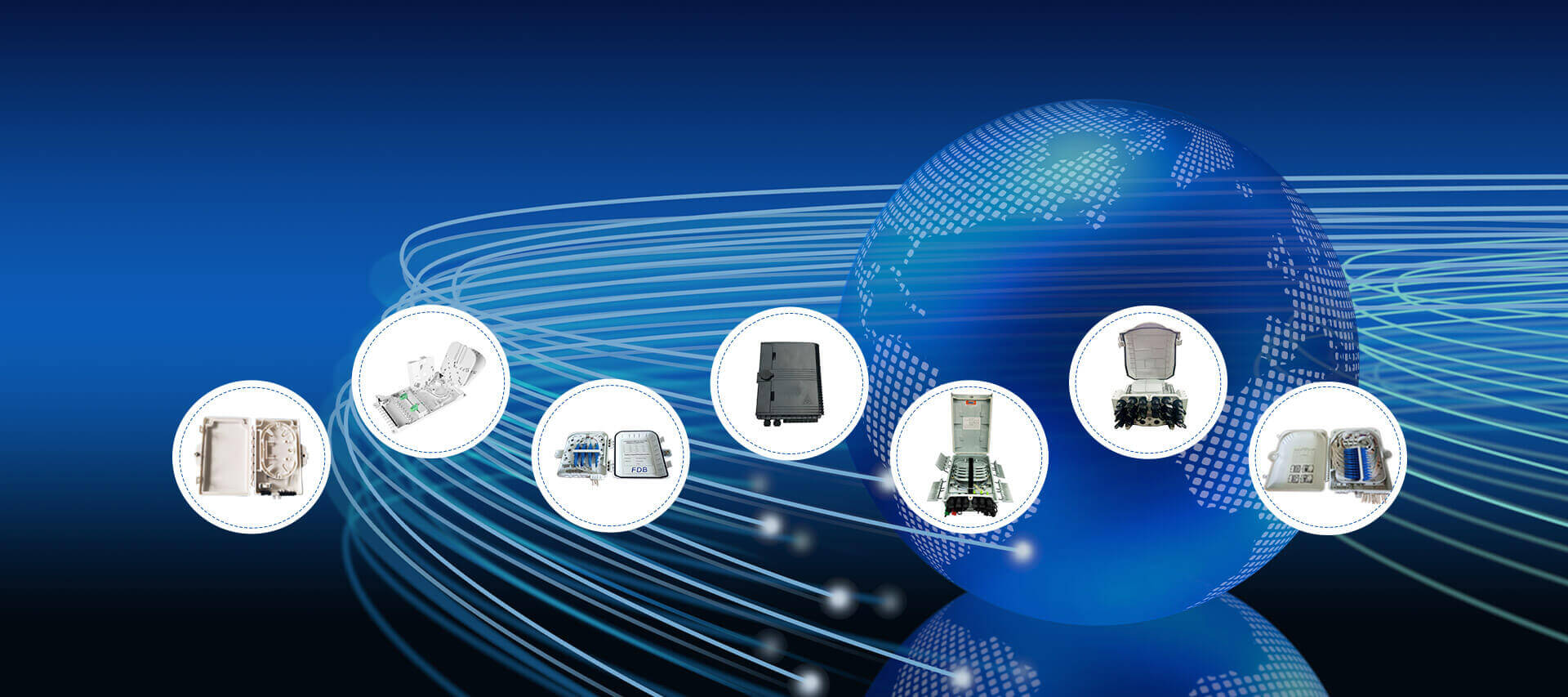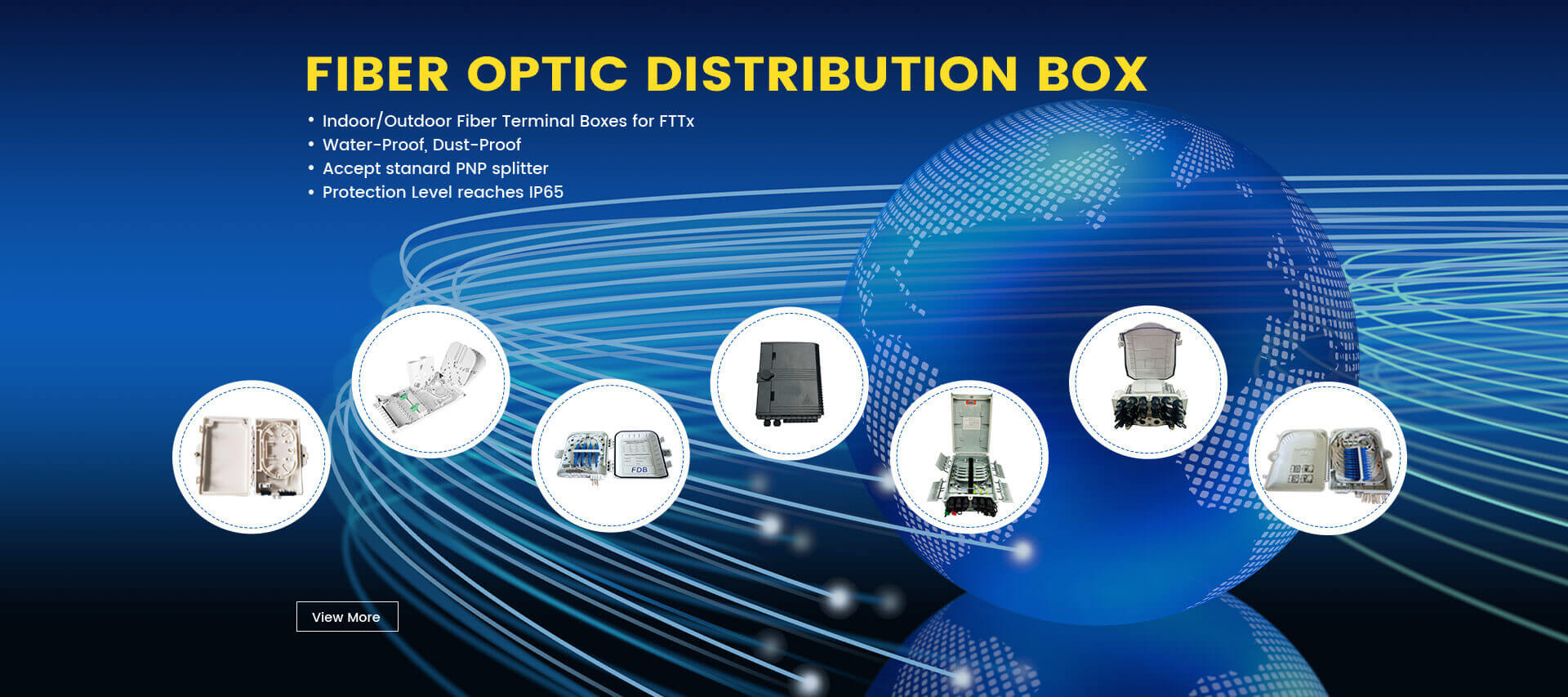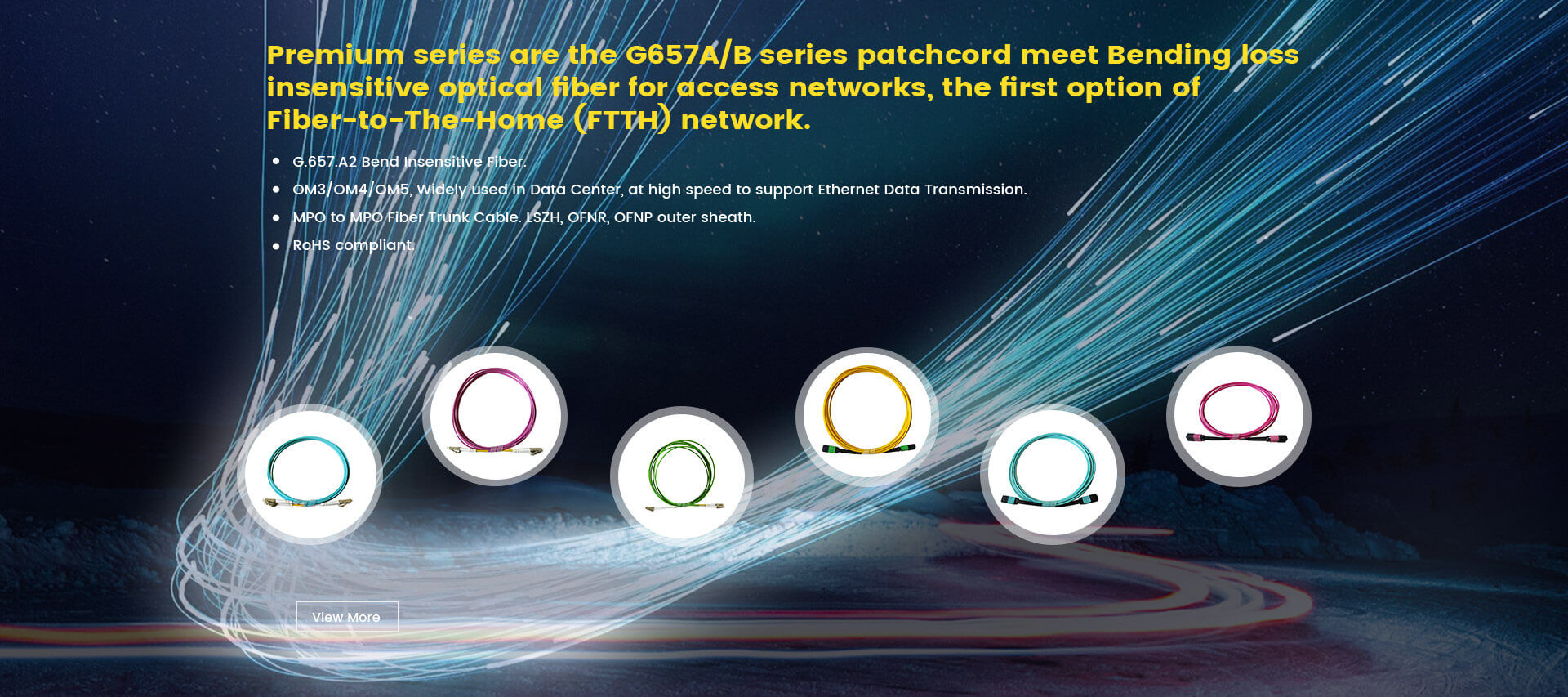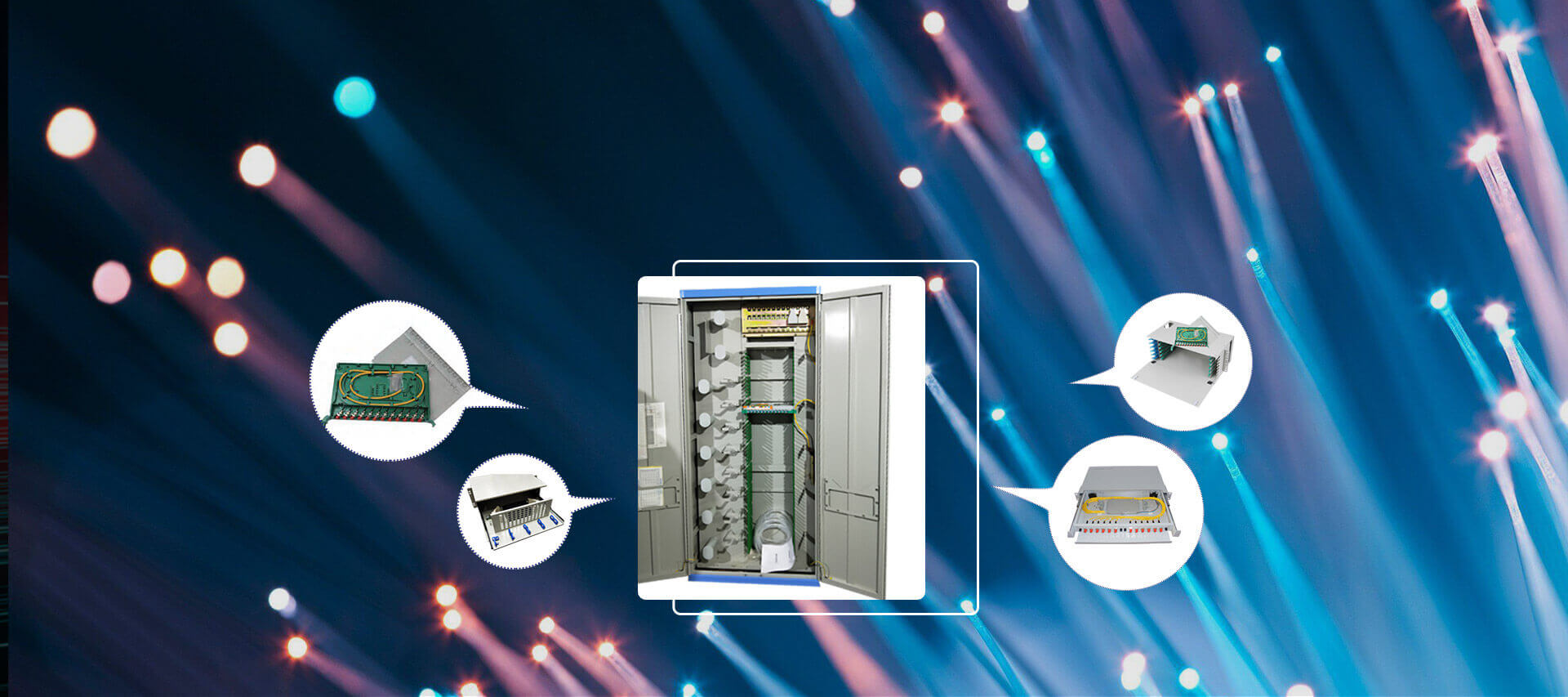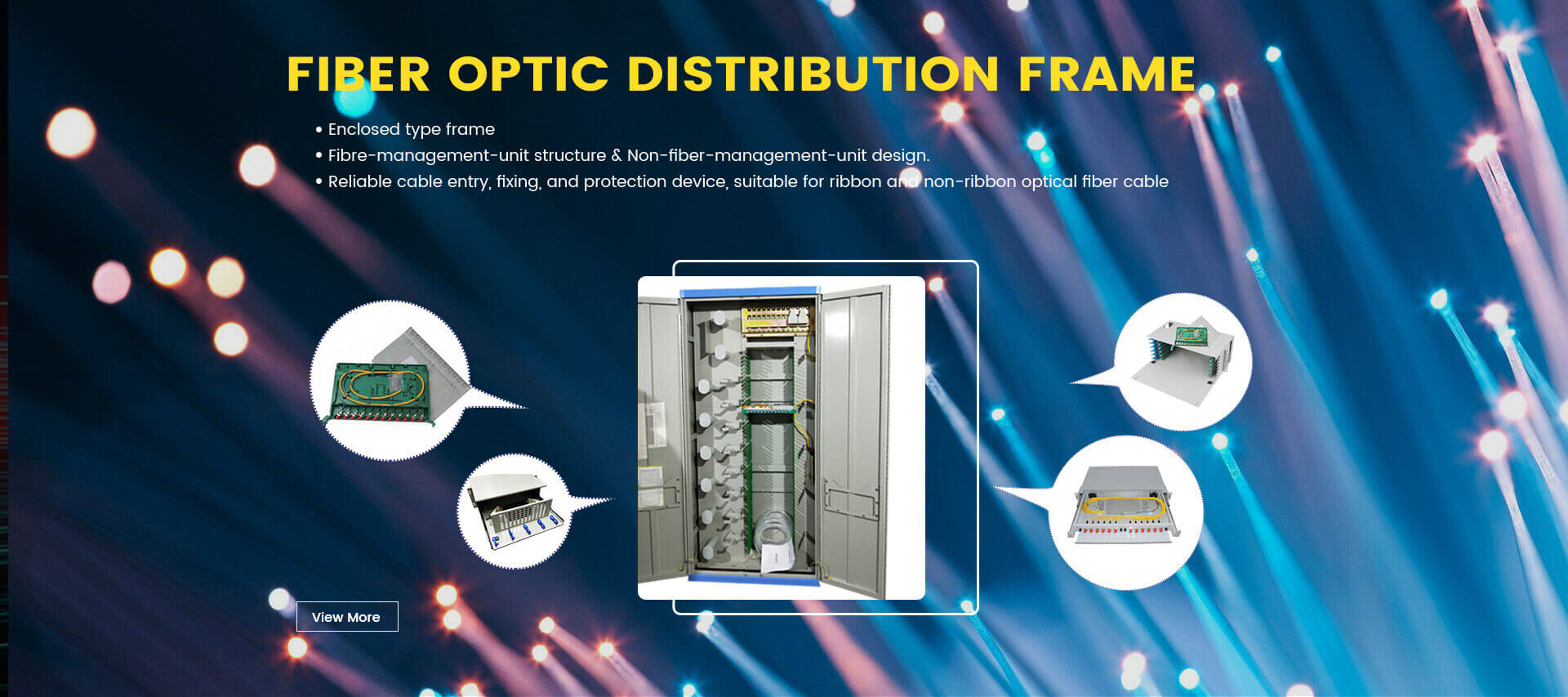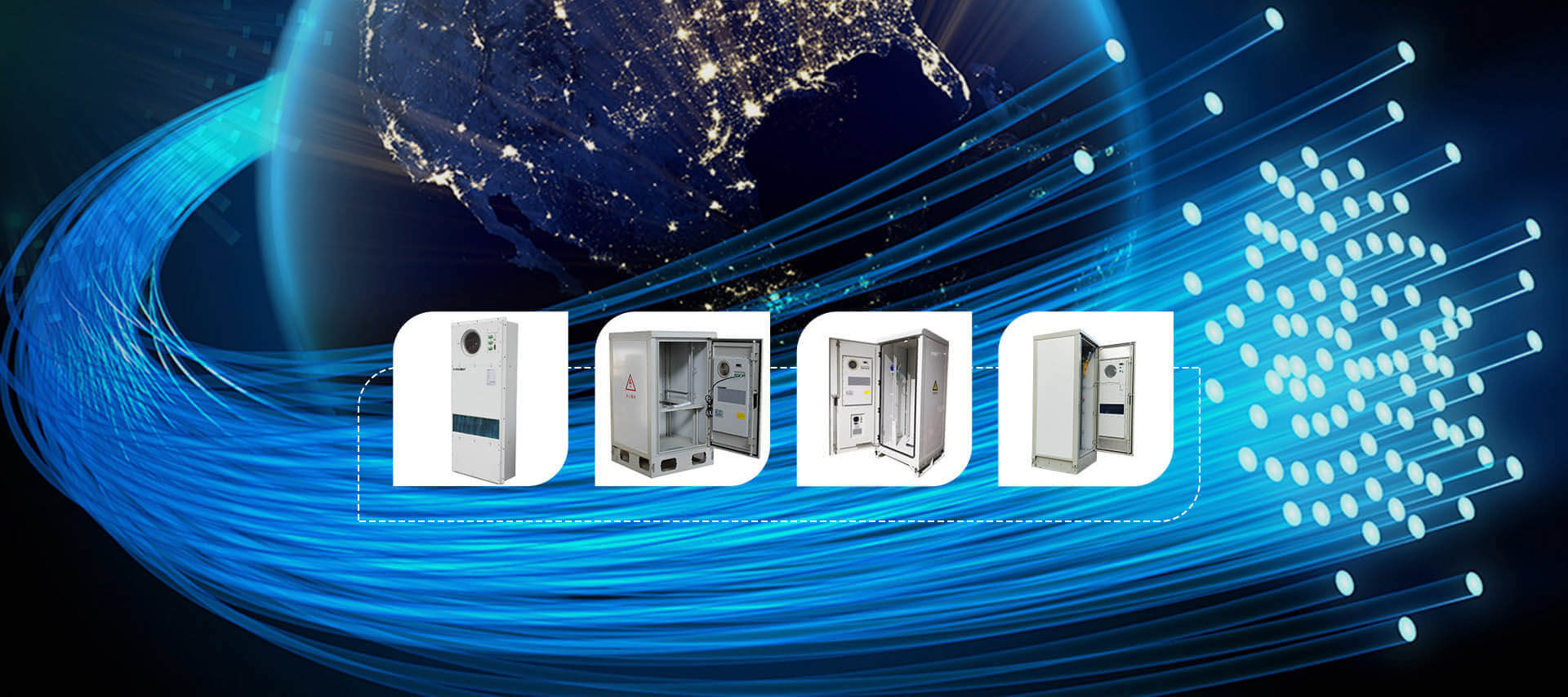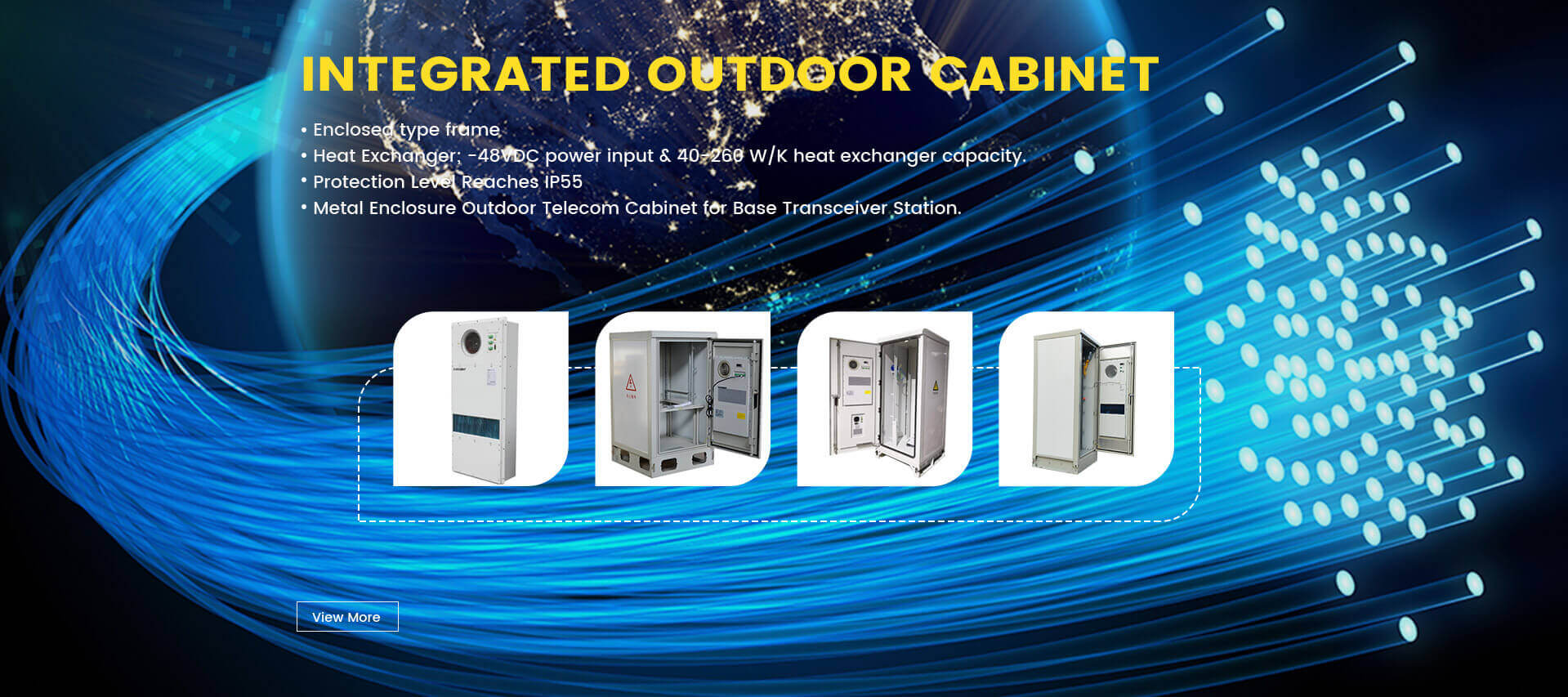Single Mode To Multimode Fiber Patch Cord
Fiber optic cables have revolutionized the way we transmit data over long distances. Their ability to transmit large amounts of data at high speeds makes them an ideal choice for communication networks in different sectors, including telecommunications, healthcare, and finance.
However, the use of fiber optic cables comes with its own set of challenges that require specialized equipment and expertise to overcome. One such challenge is the incompatibility between single-mode and multimode fiber optic cables.
Single-mode fibers are designed to transmit light over long distances using a small core diameter, while multimode fibers use a larger core diameter for shorter transmissions. This difference can lead to signal loss or distortion if not well managed when connecting these two types of fibers.
In this article, we will explore how single-mode to multimode fiber patch cords can help bridge this gap and ensure smooth communication within your network infrastructure.
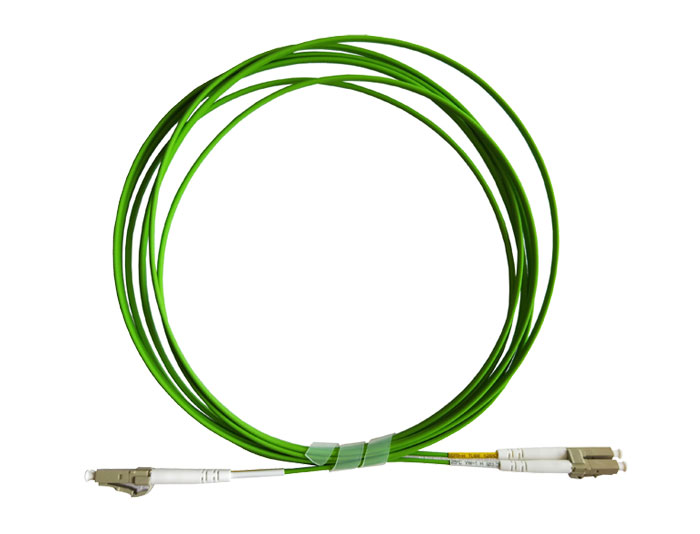
Understanding Fiber Optic Cables
Fiber optic technology has revolutionized the way we transmit information over long distances. Fiber optic cables are constructed from a thin strand of glass or plastic that transmits information through light signals.
The cable construction includes a core, cladding, and a protective coating. The core is the center of the fiber where light travels, while the cladding is an outer layer that reflects light back to the core and maintains its path. The protective coating surrounds the cladding and provides additional protection for the fiber.
One significant advantage of fiber optic technology is its ability to transmit data over long distances with minimal signal attenuation. Signal attenuation refers to the loss of signal strength as it travels along a transmission medium such as a copper wire or fiber optic cable. With fiber optics, signals can travel up to 100km without requiring any additional amplification. This makes it ideal for use in network topologies where large distances must be covered without compromising on performance.
Understanding these fundamental aspects of fiber optic cables is necessary for comprehending the differences between single-mode and multimode fibers, which will be discussed further below.
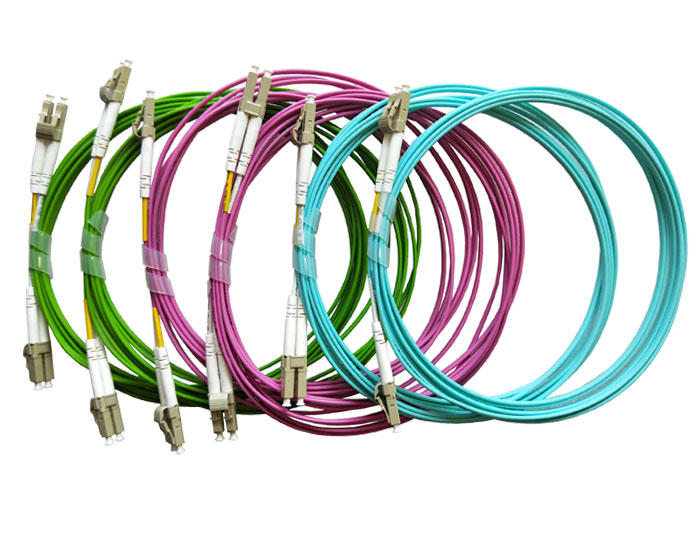
Differences between Single Mode and Multimode Fiber Optic Cables
The fundamental dissimilarities between single-mode and multimode fiber optic cables lie in their core diameter, bandwidth limitations, light dispersion, modal dispersion, and attenuation coefficients.
Single-mode fibers have a smaller core diameter compared to multimode fibers, which allows for the transmission of a single mode of light with minimal dispersion. This results in longer transmission distances and higher bandwidth capacities.
On the other hand, multimode fibers have larger core diameters that allow for multiple modes of light to transmit simultaneously. However, this causes more modal dispersion and limits the distance and bandwidth capabilities.
In addition to differences in core diameter and light dispersion behavior, single-mode and multimode fibers also differ in their attenuation coefficients. Single-mode fibers have lower attenuation coefficients than multimode fibers due to their ability to maintain signal integrity over longer distances.
These factors play an essential role in determining which type of fiber optic cable is best suited for specific applications such as telecommunications or data centers. Understanding these differences can help network engineers make informed decisions when designing fiber optic networks that meet specific requirements without sacrificing performance or reliability.
Transitioning into the next section about the importance of patch cords in fiber optic networks, it is crucial to understand how patch cords affect network performance and what considerations should be taken when selecting them for use in different applications.
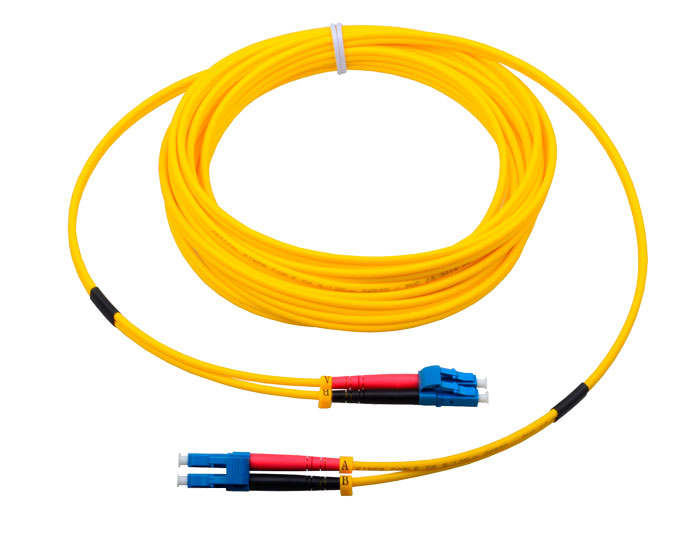
Importance of Patch Cords in Fiber Optic Networks
The significance of the proper selection of patch cords in optical networks cannot be overstated. Patch cords are short cables with connectors at both ends that are used to connect different fiber optics components, such as transceivers, switches, and routers. They play a critical role in ensuring fiber optic connectivity and network reliability in data centers, telecommunications systems, and other high-speed networking applications. The use of high-quality patch cords is essential for managing cable clutter and maintaining optimal data transfer speeds.
Patch cord applications can vary depending on the type of fiber optic network being used. In order to maintain network performance and stability, it is important to select the right type of patch cord for each application. For example, single-mode patch cords are ideal for long-distance transmission because they have a smaller core diameter that allows light to travel further without attenuation. On the other hand, multimode patch cords are better suited for shorter distances due to their larger core diameter which allows more light to pass through at once.
Proper cable management practices should also be implemented when using patch cords in order to prevent damage or interference from nearby equipment or environmental factors. These considerations all contribute towards ensuring reliable data transfer speeds within a fiber optic network setup.
Moving onto how single mode to multimode fiber patch cords work...
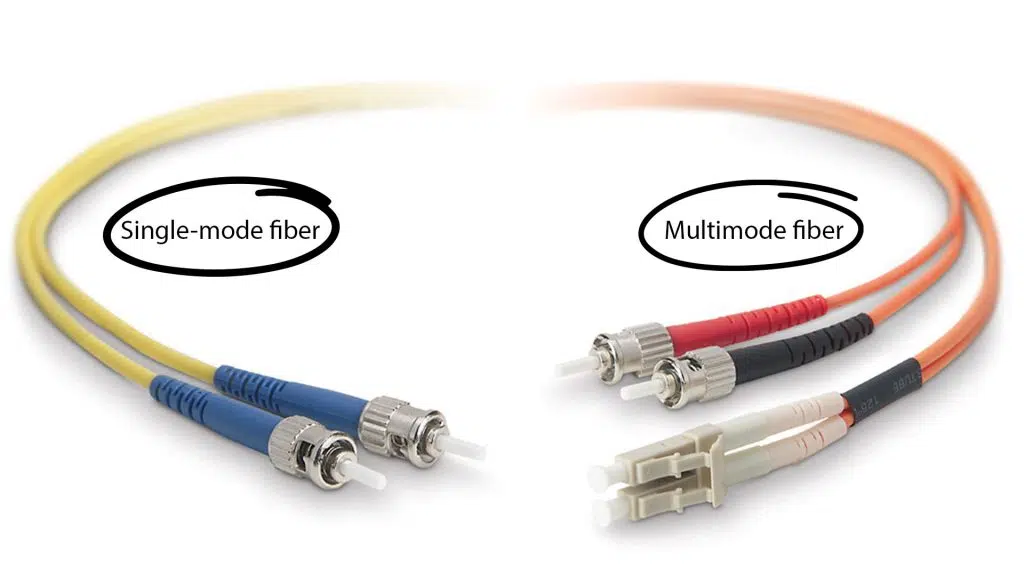
How Single Mode to Multimode Fiber Patch Cords Work
Understanding the compatibility between different types of optical fibers is like unlocking a door to seamless data transmission, allowing for smooth integration and communication within a fiber optic network. This is particularly important when connecting single-mode and multimode fibers with patch cords. Single-mode fibers have a smaller core diameter that allows only one path of light to travel through it, while multimode fibers have a larger core diameter that allows multiple paths of light to travel through it simultaneously. As such, the two fiber types have different characteristics in terms of light dispersion and attenuation loss, which can affect the performance and reliability of the network.
To overcome these differences in fiber compatibility, single-mode to multimode fiber patch cords are used. These patch cords typically feature connectors on both ends that match the respective connector types on the single mode and multimode fibers being connected. The table below summarizes some key differences between single mode and multimode fibers as well as their corresponding patch cord specifications.
This information can be used to choose the right type of patch cord for your network needs based on factors such as distance, bandwidth requirements, and budget constraints.
Property |
Single-mode Fiber |
Multimode Fiber |
Core Diameter | 8-10 microns | 50-62.5 microns |
Light Dispersion | Low | High |
Attenuation Loss | Low | High |
Choosing the Right Patch Cord for Your Network Needs
Choosing the appropriate network cord for your specific requirements can have a significant impact on the performance and reliability of your fiber optic network. When it comes to patch cords, one of the main factors to consider is fiber compatibility. Single-mode and multimode fibers have different diameters and transmission characteristics, therefore requiring different patch cords. It is important to choose a patch cord that matches the type of fiber being used in your network.
Another important consideration when selecting a patch cord is connector options. There are several types of connectors available including SC, LC, ST, and FC. Choosing the right connector depends on various factors such as space constraints, ease of use, and cost.
Additionally, cable length should also be taken into account as it affects signal strength and attenuation loss. Finally, budget considerations should not be overlooked when choosing a patch cord as prices can vary greatly depending on quality and features.
Frequently Asked Questions:
What is the maximum length of a single-mode to multimode fiber patch cord?
The maximum length of a fiber optic cable depends on the fiber optic compatibility, transmission distance, signal loss, connector types, and bandwidth capacity. These factors determine the quality and efficiency of signal transmission over a distance without degradation or attenuation.
Can single-mode to multimode fiber patch cords be used in outdoor environments?
"Ensuring outdoor durability for fiber patch cords depends on factors such as signal loss, connector types, temperature range, and moisture resistance. These considerations apply to any type of fiber patch cord." 'It is important to choose fiber patch cords that are specifically designed and tested for outdoor use to ensure reliable performance and longevity.'
What is the typical lifespan of a single-mode to multimode fiber patch cord?
The lifespan of a fiber optic patch cord, including a single-mode to multimode (SM-MM) fiber patch cord, is typically determined by its application environment, usage, and the care taken during its installation and operation.
Under optimal conditions where the patch cord is professionally installed, correctly handled, and operated in a stable environment, an SM-MM fiber patch cord can last for upwards of 15-20 years. Fiber optic cables are inherently more durable than their copper counterparts, as they are resistant to electrical interference and less susceptible to damage from environmental factors. This resilience contributes to their longer operational lifespan.
However, the actual lifespan can be significantly less if the fiber patch cord is exposed to harsh environmental conditions, physical stress, or improper handling. Factors that can reduce its lifespan include frequent bending or twisting, exposure to excessive temperature fluctuations or moisture, and mechanical strain during installation or operation. Additionally, the connectors and the adapter - the physical interfaces where the fibers are connected - can also wear out over time, leading to performance degradation.
For optimal performance and longevity, proper care and maintenance of the fiber patch cord is paramount. This includes proper cleaning of connectors, avoidance of sharp bends or twists in the cable, and protection from physical damage. Using high-quality connectors and adapters, and ensuring professional installation, can also extend the lifespan of the SM-MM fiber patch cord.
Are there any compatibility issues when using the single mode to multimode fiber patch cords with different brands of network equipment?
Compatibility concerns arise when using fiber optic equipment from different brands due to variations in fiber optic standards. This can result in signal loss and reduced transmission efficiency. To ensure cost-effectiveness, it is recommended to use compatible equipment and follow industry standards.
Publisher: Mjadom
Author: Andy

